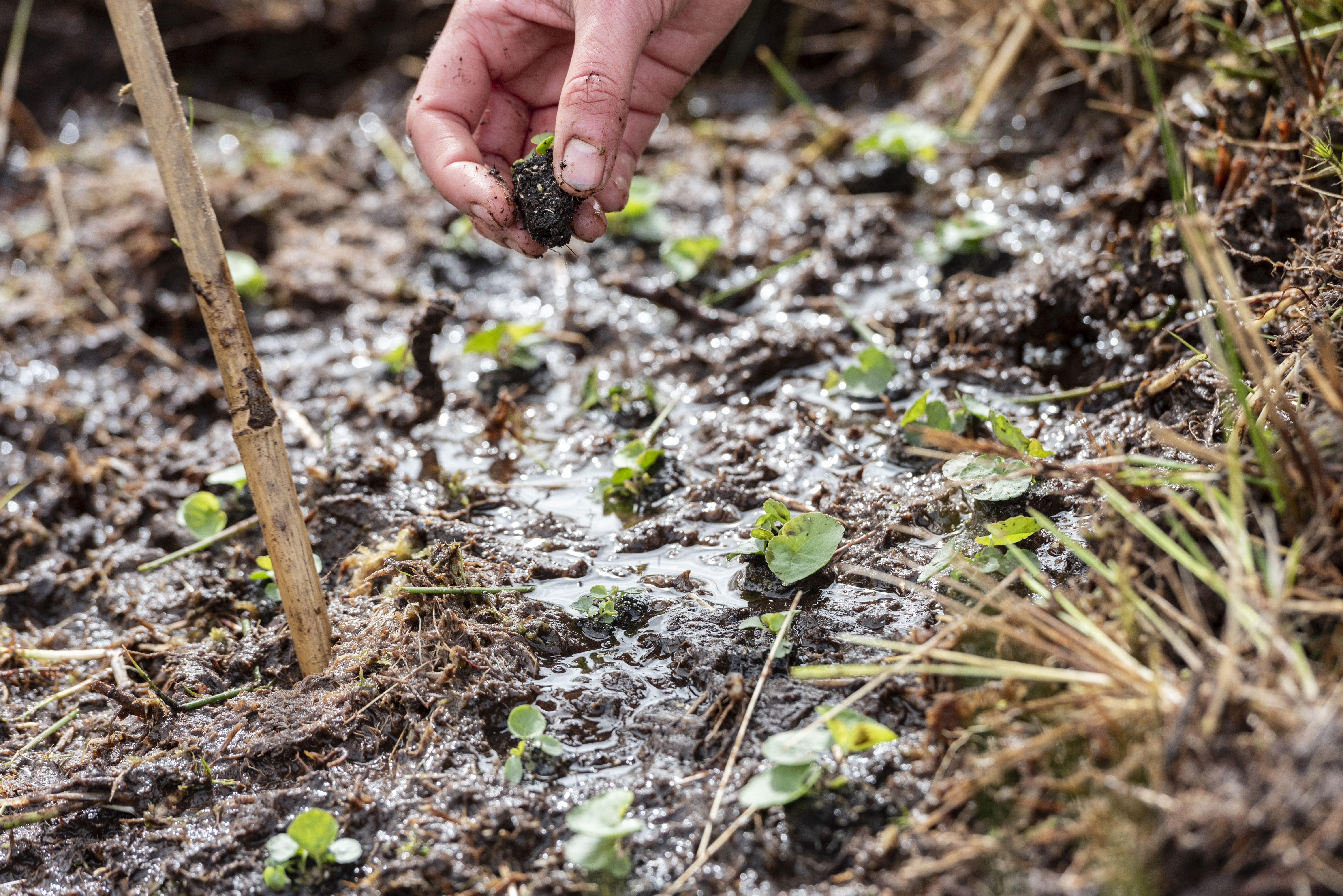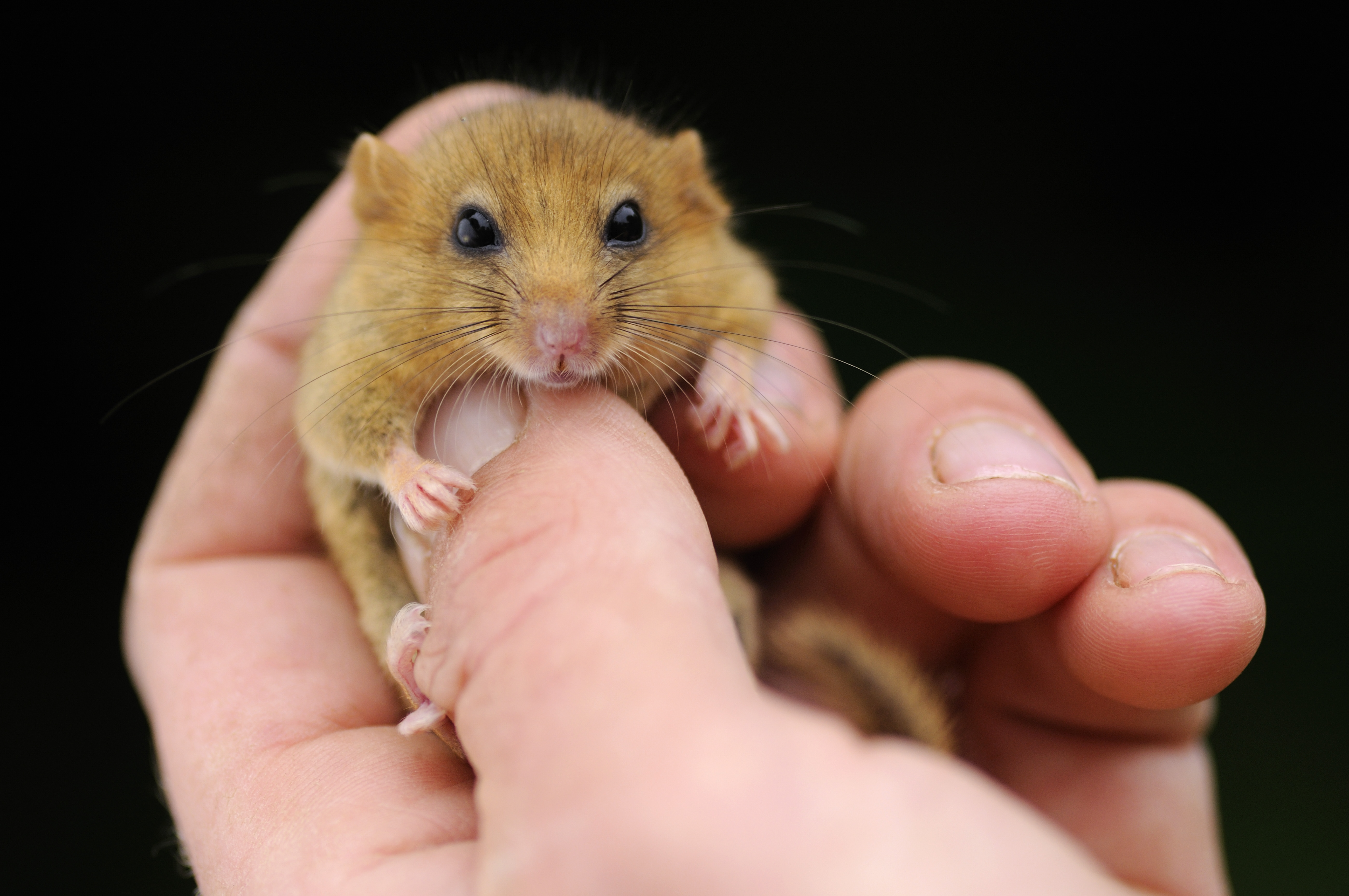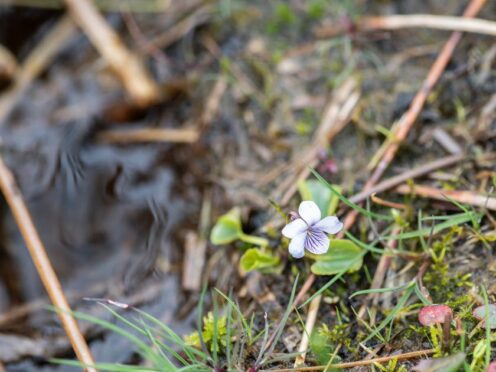The National Trust is adding a splash of purple to Shropshire’s “blue remembered hills” as it plants thousands of violets to help a rare butterfly.
The charity and volunteers are starting the mass planting of 20,000 marsh violets across the Shropshire Hills this spring, providing the favourite food source for caterpillars of the small pearl-bordered fritillary butterfly.
It is hoped the clumps of flowers, with 50 plants each put into 400 separate patches measuring 1m by 1m, will help to attract more of the butterflies, which have undergone severe declines in England.
The planting scheme is a part of the “stepping stones project” to connect up habitats across the landscape in the Shropshire Hills, immortalised as the “blue remembered hills”, in AE Houseman’s A Shropshire Lad.
Funding of £270,000 from government agency Natural England’s species recovery fund is being used to support the planting and other work to support rare wildlife including willow tits, hazel dormice and otters, as part of the project.
The first clumps of marsh violets are being planted out this spring, with the rest to follow in the autumn.

Planting is taking place close to where small pearl-bordered fritillaries have been spotted, but there are too few violets for the caterpillars to feed on, the National Trust said.
The charity hopes that in these wetter areas, favoured by the marsh violets, ramping up the numbers of the plants and improving the rush pastures for the adult butterflies will help the rare insects thrive.
Last year, locations of existing wild marsh violet populations were surveyed, with cuttings taken and propagated at a local wildflower seed and plant nursery, the Trust said – with sourcing and planting locally key to the project.
Volunteers also helped cut back rushes and bracken to open up the wetland areas where the violets are being planted.
Caroline Uff, an ecological consultant to the National Trust, said new areas could start to be recolonised by the butterflies within a couple of years.
“Currently, these striking butterflies are hanging on in fragmented colonies.

“Through this new mass planting and habitat restoration the plan is to give these butterflies the space to move and flourish,” she said.
Charlie Bell, stepping stones project manager for the National Trust said: “Marsh violet propagation and planting of this scale and ambition has never been attempted in the UK before.
“We are hugely grateful to our volunteers who are so enthusiastically taking up the challenge to not only help in the mass planting but also with future surveys to track the success of the work.
“The pearl-bordered fritillary is one of the four species we’re particularly focused on helping through our stepping stones species recovery project.”

The National Trust is working with Shropshire Wildlife Trust, Natural England and the Shropshire Hills National Landscape Partnership, along with various landowners, for the landscape-scale stepping stones project.
The National Trust is working closely with Shropshire Wildlife Trust, Natural England and the Shropshire Hills National Landscape Partnership, along with various landowners.
Caroline Bulman, head of ecology at Butterfly Conservation, said: “Work like this from the National Trust is highly valuable in securing the future for the small pearl-bordered fritillary, which was once very widespread but has declined rapidly in recent decades, with a worrying 91% decrease in its distribution in England since 1982.”
